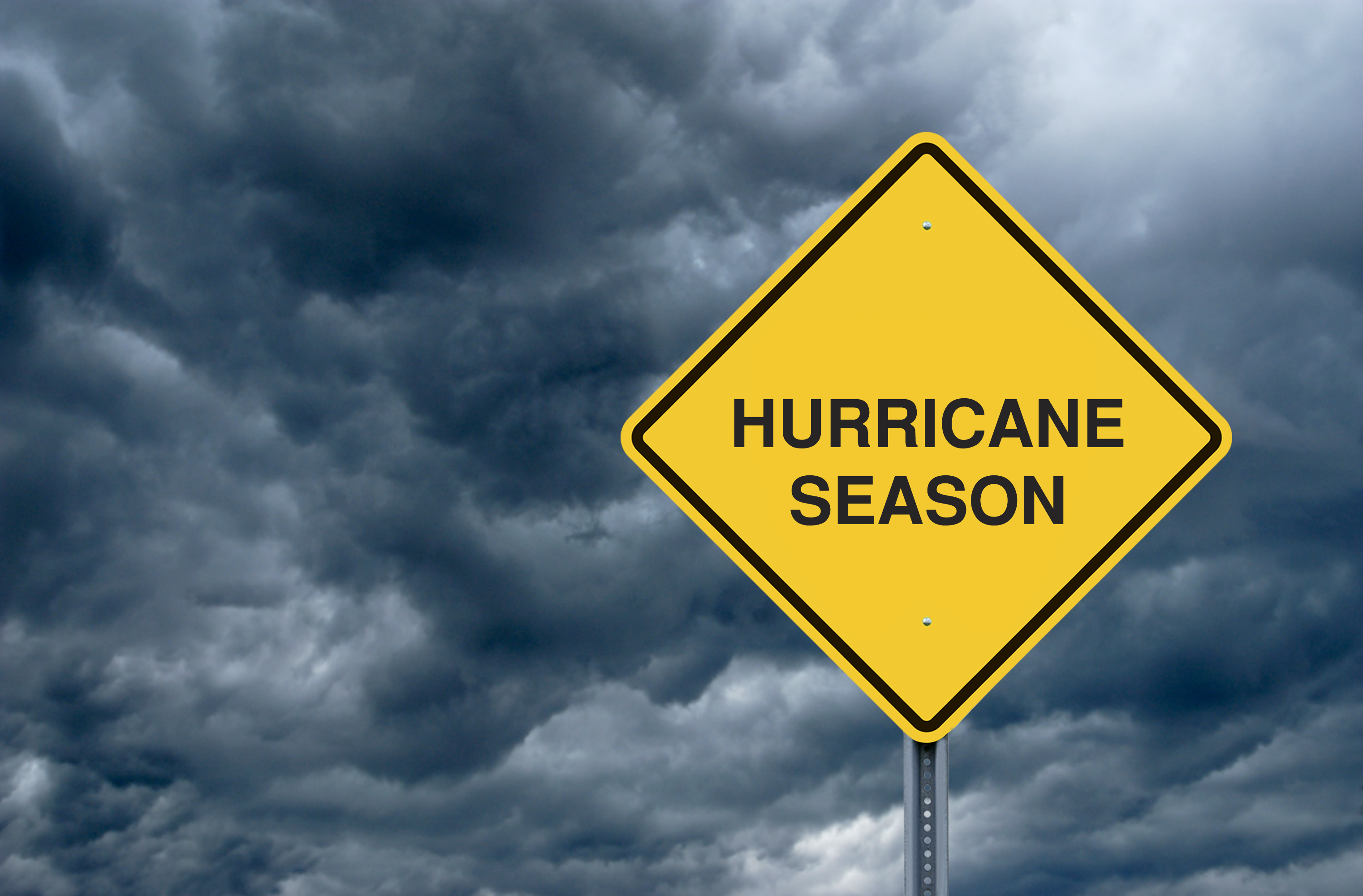
Getting the right tax advice and tips is vital in the complex tax world we live in. The Kiplinger Tax Letter helps you stay right on the money with the latest news and forecasts, with insight from our highly experienced team (Get a free issue of The Kiplinger Tax Letter or subscribe). You can only get the full array of advice by subscribing to the Tax Letter, but we will regularly feature snippets from it online, and here is one of those samples…
Hurricane Helene hit the U.S. in late September 2024, causing widespread devastation to Florida, Georgia, North Carolina, Tennessee and other states in its path. The destruction from Helene is expected to cost insurers around $6 billion, not including damage to boats, offshore property or losses to the National Flood Insurance Program. And Hurricane Milton has caused yet more damage to Florida. Other federally declared disasters this year include widespread flooding in Illinois, wildfires in Washington, tropical storms in Louisiana and Pennsylvania, Hurricane Debby, severe storms and flooding in certain states, and many other disasters.
With this crazy weather season of floods, hurricanes, wildfires and more, knowledge of the tax laws can help victims of Milton, Helene and other federally declared disasters. This is in addition to the tax filing and payment extensions that the IRS regularly provides.
Deducting Losses
Personal Losses
Personal casualty losses can be deducted to the extent the losses are attributable to federally declared disasters, such as hurricanes, earthquakes, wildfires, blizzards or flooding, that affect a wide area. Individuals can deduct personal losses on their Form 1040 to the extent not reimbursed by insurance. Your loss is equal to the smaller of the damaged property’s adjusted basis or decline in value, less any insurance proceeds you received or expect to receive.
New legislation passed by Congress and signed by President Biden has tax easings similar to those given to victims of federally declared disasters in 2018-20. The law, named the "Federal Disaster Tax Relief Act of 2023," applies to federally declared disasters in 2024, and also applies retroactively to disasters that occurred in 2021, 2022 and 2023.
The main tax change in the new legislation is that individuals can take personal disaster losses even if they don't itemize. They're able to deduct uninsured personal losses in excess of a $500 threshold without regard to the 10%-of-adjusted-gross-income offset that generally applies to disaster loss deductions. This net loss is treated as an additional standard deduction for nonitemizers.
Here's how you would report the loss on your return. First, use Form 4684 to calculate the loss. Then transfer the disaster loss amount to Schedule A, line 16, and write "Net Qualified Disaster Loss" on the dotted line. If you are not itemizing, then you would also put your regular standard deduction on line 16 of Schedule A and write next to it "Standard Deduction Claimed With Qualified Disaster Loss." You then combine these two amounts and transfer the total to Form 1040, line 12. If you are itemizing, follow the instructions to Form 4684.
Business Losses
The rules for deducting casualty losses on business assets are more liberal. A business casualty loss needn’t be attributable to a federally declared disaster area.
Safe Harbors
Computing the amount of loss to your home or belongings can be difficult. Luckily, the IRS has multiple safe harbors to help you with this calculation.
For example, one method lets a homeowner with casualty losses of $20,000 or less take the lesser of two repair estimates to determine the decrease in the home's value. Another has a table to compute the replacement cost of personal belongings destroyed in the federally declared disaster. See Rev. Proc. 2018-08 (PDF download) for details.
Which Year Should You Deduct the Losses?
2024 disaster losses can be claimed on your 2023 or 2024 federal return. That’s because individuals can opt to take the loss on the return for the disaster year or the return for the year immediately preceding the disaster.
If you’ve already filed your 2023 Form 1040, you can amend it to take the write-off by filing Form 1040-X. Note that for this purpose, the filing due date for a 2023 amended return is six months after the normal filing date for 2024 returns. For 2024 disaster losses, this translates to Oct. 15, 2025.
Retirement-Related Easings
There are a few new retirement-related easings for disaster victims, thanks to the SECURE 2.0 legislation that federal lawmakers enacted in late 2022.
- The 10% penalty on pre-age-59½ distributions from IRAs and workplace retirement plans is waived on up to $22,000 per federally declared disaster. The payout must be taken within 179 days of the date the disaster is declared. Tax on these qualified disaster distributions can be paid over three years unless you opt to pay it all at once. Amounts re-contributed to the retirement account within the three-year time span that begins on the day after the date the qualified disaster distribution was received are treated as nontaxable rollovers. If you elect to spread out the tax over three years, attach Form 8915-F to your 1040 for the year you receive the disaster payout. Income tax you paid on a distribution that you later roll over within three years of the distribution can be recovered by filing an amended return on Form 1040-X.
- Eligible individuals can borrow more from workplace plans such as 401(k)s up to the lesser of $100,000 or 100% of the account balance. Also, repayment terms can be extended by one year, if the plan otherwise allows for this disaster relief.
- Predisaster payouts to buy a home in a disaster area can be re-contributed to the retirement plan, provided the funds weren’t ultimately used to buy a residence. You generally have 179 days from the date the disaster is federally declared to repay the funds in a nontaxable rollover.
IRS Resources for Disasters
The IRS can be your friend in disaster-related situations. If you lost prior-year tax returns, there are multiple ways to get your tax information. Use the IRS’s free Get Transcript tool on its website to view and print a summary of your tax information, call the IRS’s automated phone transcript line at 800-908-9946, or mail Form 4506-T to the agency. If you want your actual return, mail Form 4506.
The IRS also has a dedicated phone line that you can call for disaster-related tax questions: 866-562-5227.
This first appeared in The Kiplinger Tax Letter. It helps you navigate the complex world of tax by keeping you up-to-date on new and pending changes in tax laws, providing tips to lower your business and personal taxes, and forecasting what the White House and Congress might do with taxes. Get a free issue of The Kiplinger Tax Letter or subscribe







